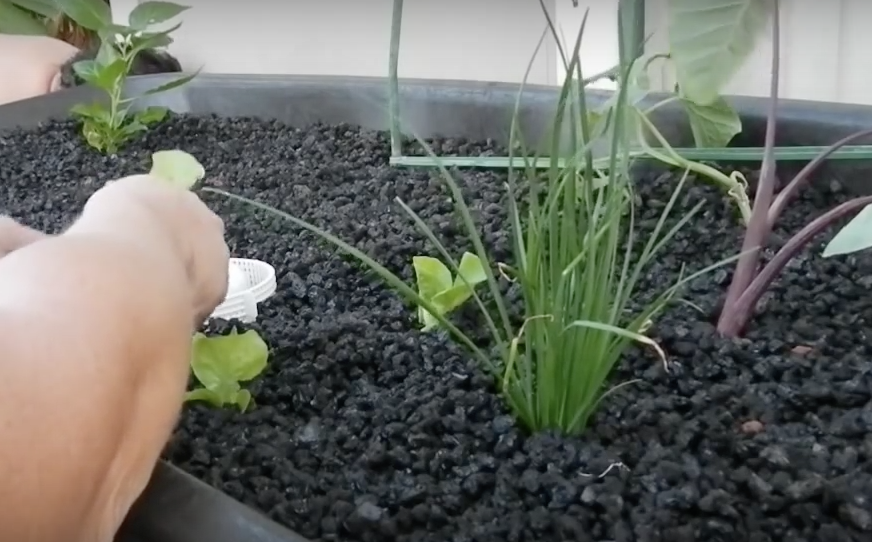A soilless solution could be the answer for those who either have land that is either lacking in nutrients or contaminated by disease and bacteria. It's also great for those who simply don't have the space for a traditional soil garden. There are some options that even double as a source a protein, such as aquaponics, which can be particularly useful on a homestead.
Organic soilless potting mixes
For instance, sphagnum peat moss is coarse but it’s sterile and lightweight. The one problem with it is that it doesn’t hold moisture well; it’s hard to get wet to begin with.
To combat that, you can vermiculite, which is a compact form of mica, a group of silicate minerals that form in layers, and are lightweight and fairly soft. Vermiculite does a great job of holding water in the peat, but it doesn’t provide much aeration. That’s okay, though. Our next product does.
To help keep the mix from becoming clunky and dense, use perlite, which is a form of expanded volcanic rock. It’s usually white – if you’ve used commercial potting soil, you’ve probably noticed the little white beads. That’s perlite. Because it’s basically lava, it’s light and airy and does a great job of keeping your mix aerated. Without air, your medium will literally suffocate the roots of your plant.
So, now you’ve got a sterile base, something to help the mix hold water, and something to keep it light and fluffy so the roots can grow. The only piece of the puzzle that’s missing is drainage. Course sand is great for that because it doesn’t retain water at all, but it doesn’t clump so tight that water can’t flow through it.
Coconut coir, which is the fiber on the shell, can be used in place of moss. Tree bark, rocks, gravel can also be used to help with drainage and so can tree bark, rocks, gravel, and even crushed seashells.
When making any of these mixes, you’ll probably need to add some limestone.
Hydroponics
It’s just a matter of growing your plants in water. You start them as seedlings and then place them in water to continue to grow. When using hydroponics, you need to add fertilizer and keep the water flowing so that it stays aerated, and keep adding it as the plants absorb it.
You’ll need something to hold the roots, too. You can use stones, marbles, sand, or any number of synthetic mediums.
Hydroponics is a great method to use as long as you have electric of some sort to run the pump. It’s a sterile system.
Aquaponics
Whereas hydroponics requires fertilization to get nitrogen and other nutrients to the roots, aquaponics does not. It’s more of a self-propagating system that uses aquaculture, usually fish, to provide the nitrogen and other nutrients.
Cost is a big difference in aquaponics and hydroponics, especially when it comes to the fertilizer. Fish food is dirt cheap; commercial fertilizers aren’t.
Plants are firrigated (fertilize and irrigate) differently, too. Hydroponic systems typically flush the water through every 4-6 hours. In an aquaponics system, it’s flooded for 15 minutes every 45 minutes.
Have you used any of these soilless mediums? Are there any others you would recommend trying?
Article Source: Survivopedia
